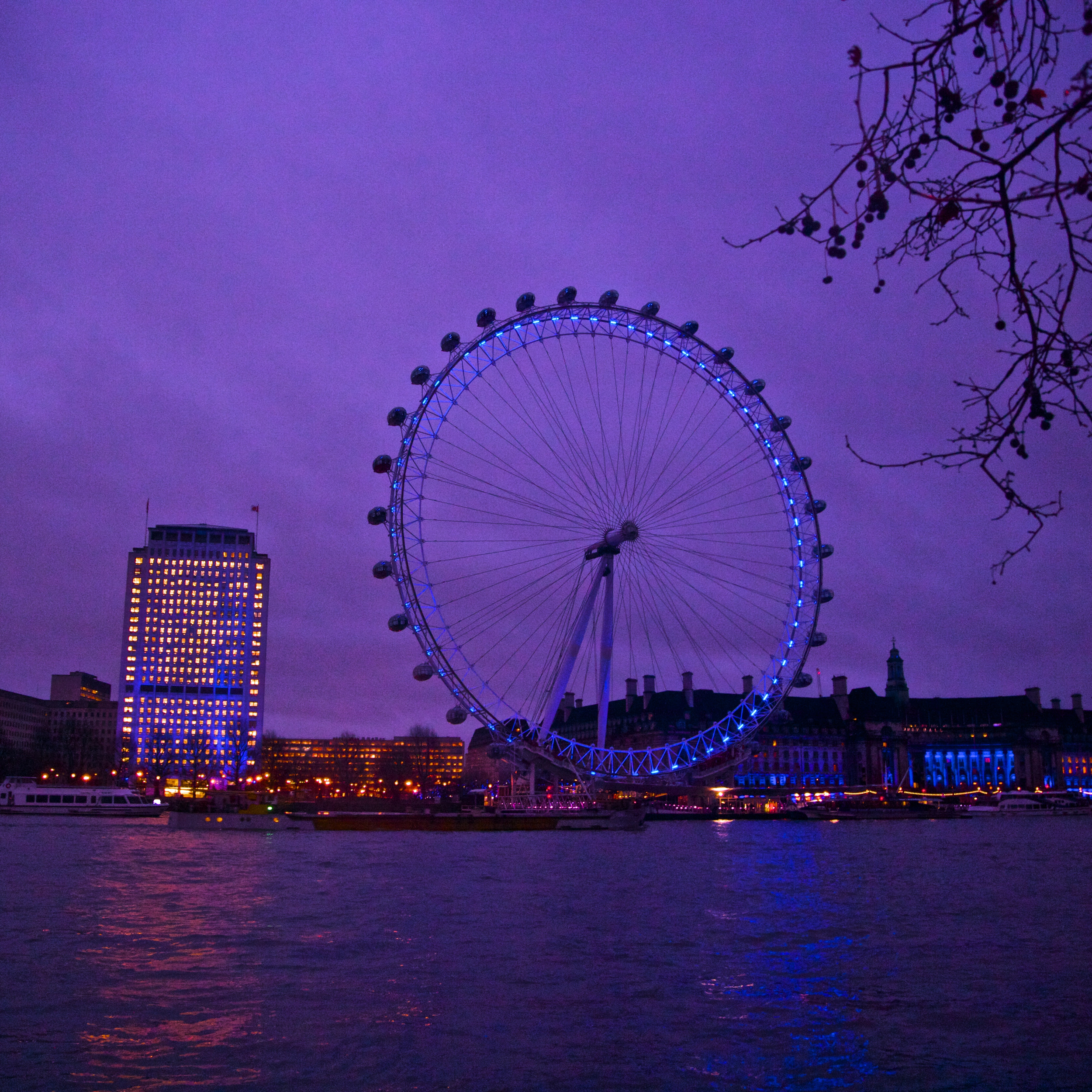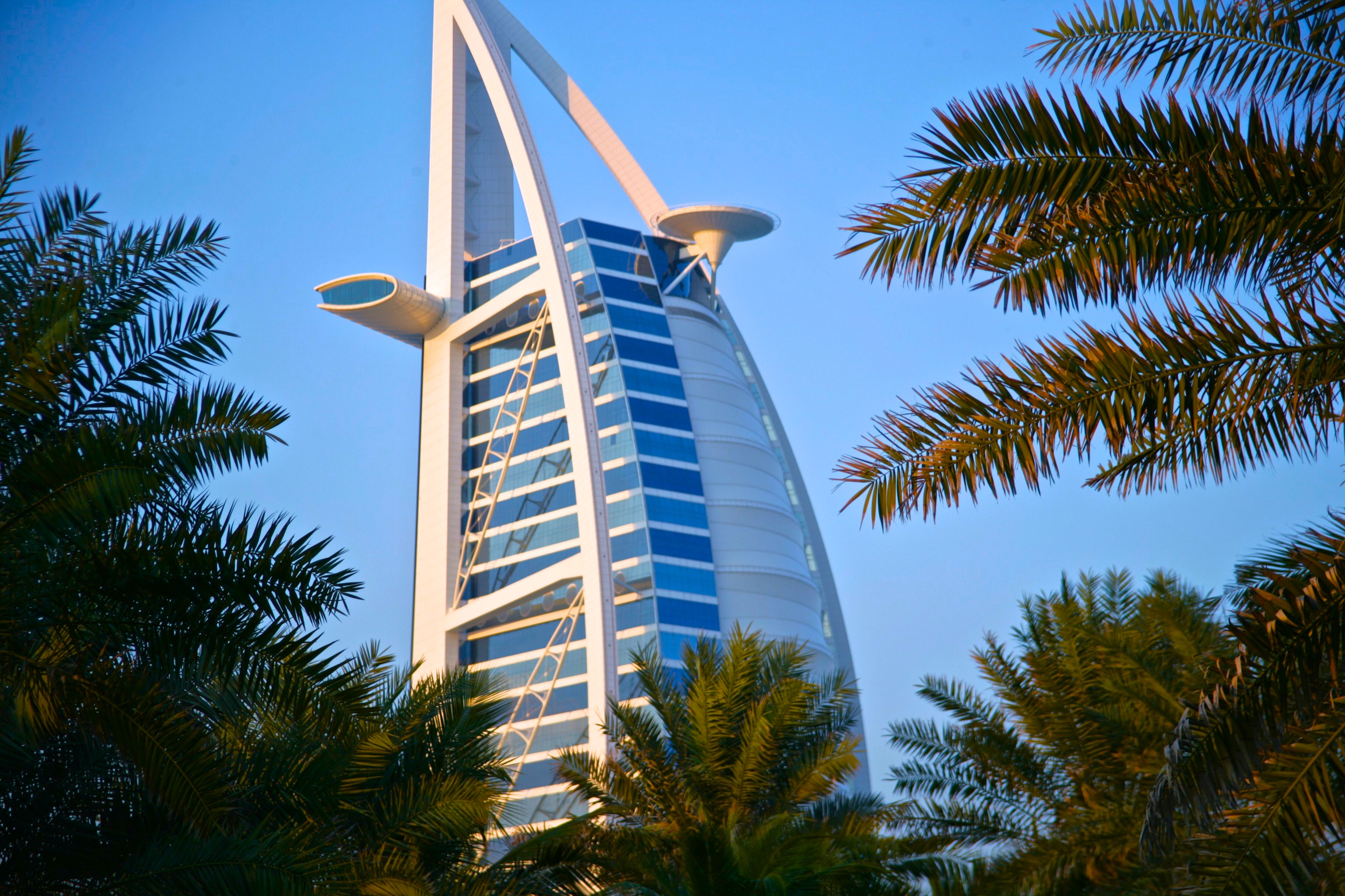Shooting better pictures: natural framing
In the eyes of the viewer photographs tend to be more powerful where they show him points of view which 1) are not common, 2) are common but went so far unnoticed by him, or 3) capture the perfect moment.
A lot of these photographs depend upon framing basically; and framing relates 100% to camera position. Many times our photos do not come out right simply because we did not think about which things we should have let in… the picture.
Today we will see how, without needing to move a lot, we can improve our framing. In my last writing/blog I explained how we human beings perceive more things than those with think we perceive, and I touched upon the subject of silhouettes.
Today I want you to mind this: one of the main things that we have to pay attention to is that if we seek to improve our photographs we need to arrange for things to sit in the corners of our framing.
Human beings depend upon peripheral vision for many things; for example, when we drive, without needing to look at the rearview mirror we know if we can or cannot change lanes. Peripheral vision allows us to detect a car without actually having "checked" whether or not the car was there.
This capacity of the naked eye is something that good photographers exploit to create good pictures: because we do not notice or many times we do not even value the fact that we have peripheral vision, but at the time that we see a picture that re-creates this effect our attention is drawn to it powerfully, because we feel that we are inside the picture.
In the following photographs you will see how the effect of human vision is re-created by comparing distances, where we perceive elements which are closer than others, and which are "incomplete"; this is so because we cannot see everything in the real world: there will always be elements that fall beyond the framing of our field of vision, and when we experience the same effect in a photograph, we are carried inside the picture.
Even if we can arrange elements that fill either the top or the bottom of the framing, the best points to re-create peripheral vision are the four corners, but we do not have to fill them all: the top two are the most powerful, but in particular the most important is the right top corner.
By using "decoration" elements such as tree branches, cables, lights, parasols, etc., we can carry the viewer instantly to the place at which the photo was shot.


